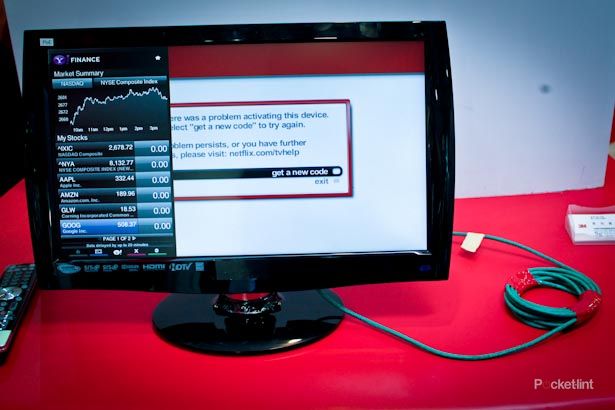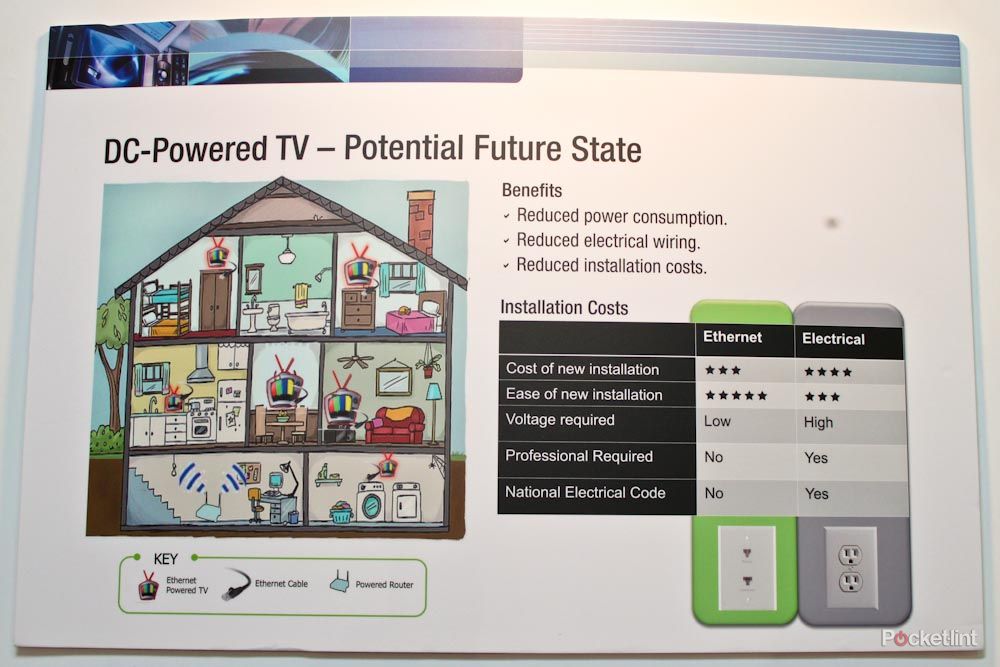3M, the company behind everything from post-it notes to scotch tape, has created an Ethernet-powered TV for those short of power sockets around the home, office or anywhere you happen to be.
On the surface, you might think that it’s a strange thing for 3M to suddenly develop, but the company is heavily involved in the display industry. Or, more precisely, the polarizer that sits between the liquid crystals and the glass on the front of the screen.
But, what does this have to do with Ethernet-powered TVs? Well, not very much, apart from the fact that 3M is actively driving the market towards more power efficient displays. The company claims that its polarizers can help reduce the power requirement of LCD screens and, as such, we’ve now reached a point in time where the traditional power socket is no longer needed to drive our screens around the home.
3M also claims that it’s easier to install Ethernet cabling and sockets, in comparison to power equivalents - although, to be honest, we've yet to encounter a home where there aren’t sufficient power sockets and an abundance of Ethernet ones.
And, it’s not as simple as just plugging something into an Ethernet port and expecting it to draw power. It has to be a powered Ethernet port, which requires PoE or Power over Ethernet - a defined standard, but not a commonly found feature on home routers.
But, the company also claims that Ethernet power ports are more affordable to install, and you don’t need an electrician around to house to do it for you, so maybe it'll catch on. Plus, you’d have a wired network reaching every room of your house, and in a world where so many competing signals are playing havoc with many homes' wireless networks, that's of enormous benefit.
It was certainly interesting in action. 3M had a demo unit up and running at Display Taiwan and it was indeed only connected by a single Ethernet cable.
The big real benefit we can see from this is that if this idea takes off, you’ll only need a single cable for the TV of the future for both power and internet access, which might very well be the only two things TVs will be needing in due time.


